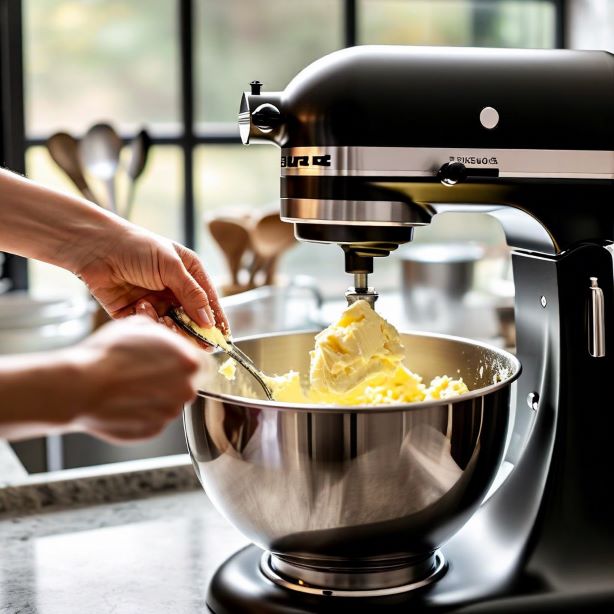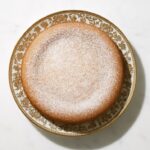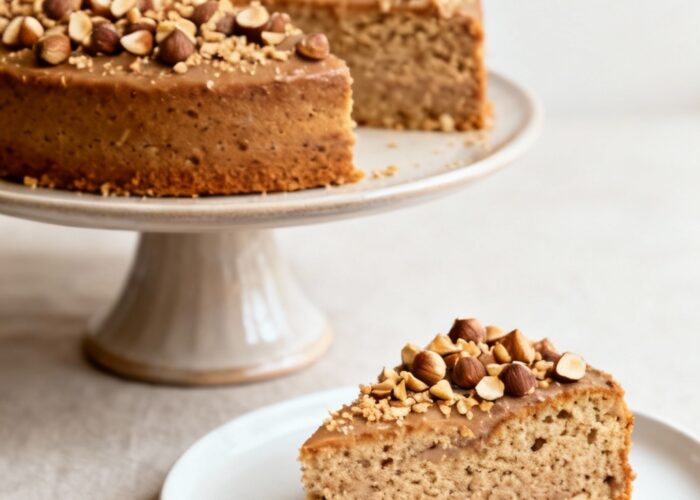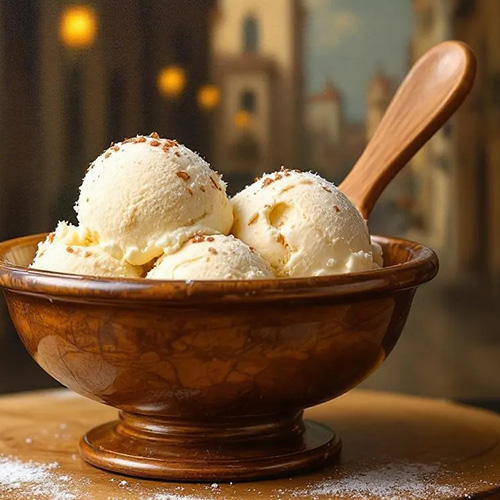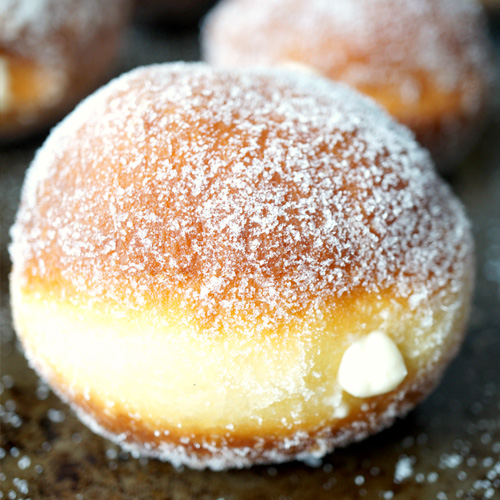Italian Sweet Shortcrust Pastry Recipe (Pasta Frolla)
Ah, Pasta Frolla just saying the name feels like opening a kitchen door somewhere in Italy, doesn’t it? The smell of butter, sugar, and something magical baking in the oven. It’s tender, buttery, and just sweet enough, the kind of pastry that wraps you up in a bit of nostalgia, even if you’ve never had a Nonna of your own.

At its heart, it’s a simple dough: flour, butter, sugar, and eggs. Nothing fancy. But somehow, it turns into the foundation for some of Italy’s most beloved desserts. That rustic crostata with jam that tastes like summer. Yep, Pasta Frolla. Those delicate little fruit tarts that practically melt on your tongue. And let’s not forget the elegant, fragrant Pastiera Napoletana, all thanks to this humble pastry. The story of pasta Frolla goes way back like, medieval times back.
Back when sweet things were made with honey or syrup because sugar was a luxury most people couldn’t afford. Over time, as sugar became more common, the dough slowly transformed into the rich, crumbly classic we know and love today.
It’s the kind of recipe you can count on, whether you’re going for something simple and rustic or polished and picture-perfect. Pasta frolla doesn’t need to shout to be special, it’s comforting, versatile, and quietly beautiful in that very Italian way.
Because in the end, isn’t that the magic of good baking? Taking a few basic ingredients and turning them into something that makes people stop and smile. Simple, timeless, and always made with love.
Regional Variations in Italy
Across Italy, pasta frolla is adapted to local flavors and region’s ingredients.
Tuscany & Umbria: Used in simple jam-filled crostate or paired with fresh ricott
Naples (Campania): Often enriched with citrus zest or lard, especially for Pastiera
Northern Italy: May include ground almonds or hazelnuts for a richer, nutty dough
Traditional Desserts Made with Pasta Frolla
Pasta Frolla is a classic Italian sweet shortcrust pastry used as the base for many traditional Italian desserts. It’s rich, buttery, and slightly sweet with a tender, crumbly texture. Here’s how it’s commonly used:
Crostata di Marmellata
A rustic jam tart, typically filled with apricot, cherry, or fig preserves.
Crostata alla Crema
A tart filled with pastry cream (crema pasticcera) and often topped with seasonal fruit.
Pastiera Napoletana
A Neapolitan Easter tart made with ricotta, orange zest, and cooked wheat berries.
Torta della Nonna (Grandma’s Cake)
Shortcrust base filled with custard or pastry cream and topped with pine nuts and powdered sugar.
Italian Cookies (Biscotti di Pasta Frolla)
Cut into shapes and sometimes filled with jam or Nutella or dipped in chocolate.
Mini Fruit Tarts
Bite-sized shells filled with custard and fresh fruit, glazed for shine.
Pasta Frolla: Your Go-To Italian Pastry Dough
Unlike American or French shortcrusts, Pasta Frolla has a softer, more delicate crumb thanks to a few extra egg yolks and minimal gluten development. It’s just sweet enough without overpowering, which makes it the perfect match for fruit fillings, creamy custards, or even a simple swipe of jam. No chewiness here just melt-in-your-mouth goodness.
But pasta frolla is more than just a pastry dough. It’s a piece of Italian culinary heritage, passed down from Nonna’s kitchen to modern bakeries and home ovens alike. From Sunday lunches to Easter tables, this dough has quietly supported generations of sweet memories. It’s versatile, elegant, and a simple way to connect with Italy’s rich baking tradition.
Storage for Pasta Frolla Crusts
Whether you’re prepping ahead for bakery orders or planning a holiday bake-a-thon, Pasta Frolla stores beautifully when handled properly.
Raw Dough
| Method | Duration | Notes |
| Refrigerator | Up to 3 days | Wrap tightly in plastic wrap or airtight container. Let rest 20–30 min at room temp before rolling. |
| Freezer | Up to 1 month | Wrap in double plastic wrap + foil or place in freezer-safe bag. Thaw overnight in fridge before use. |
Fully Baked
| Method | Duration | Notes |
| Room Temp | 2–3 days | Store in airtight container in a cool, dry spot. Do not refrigerate—can become soggy. |
| Freezer | Up to 2 months | Cool completely. Wrap well. To refresh, warm in oven at 150°C / 300°F for 5–8 minutes. |

